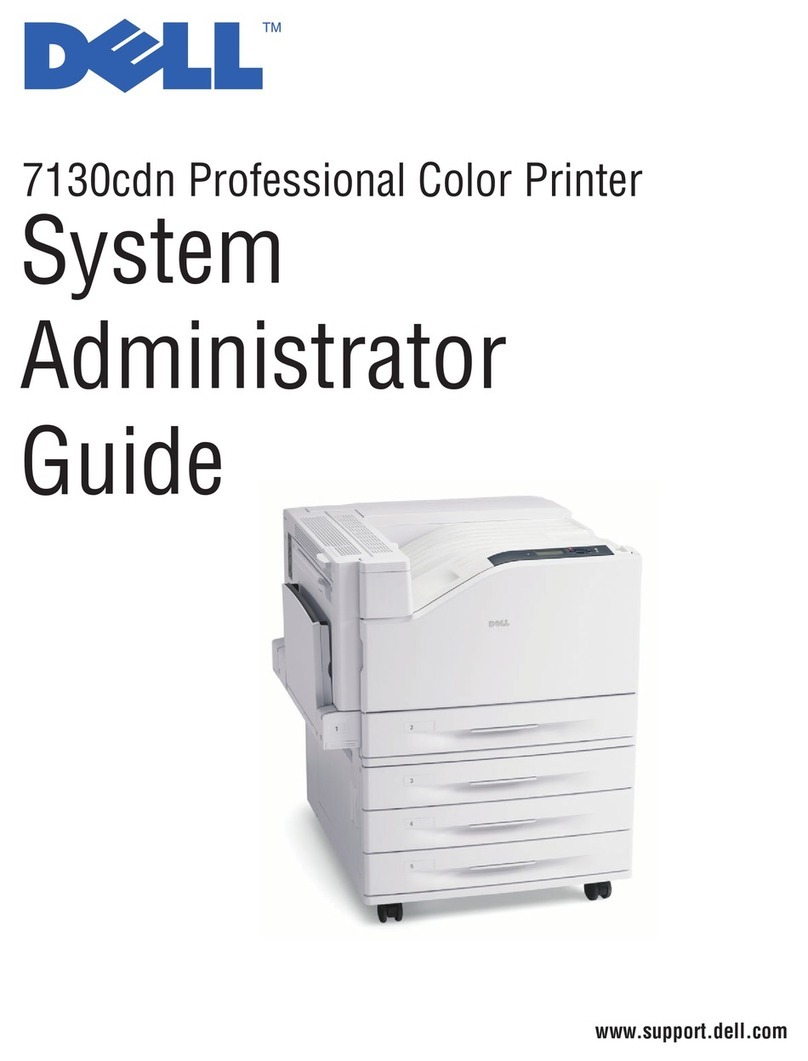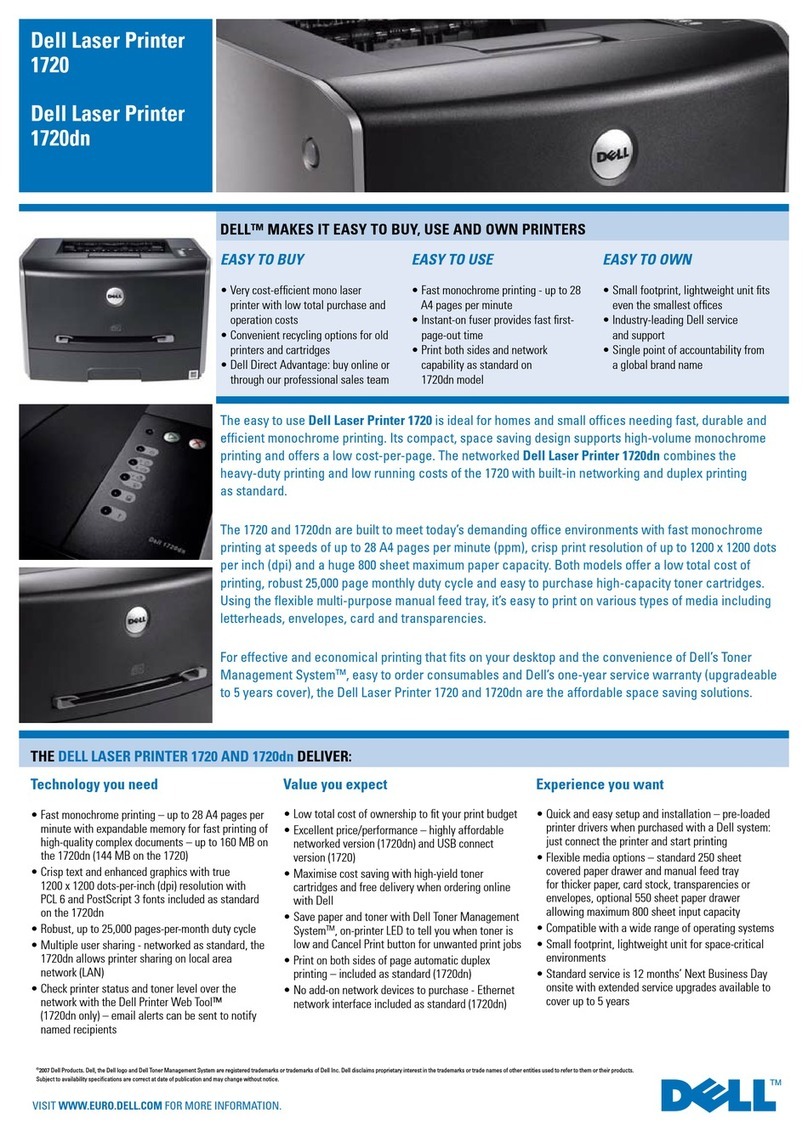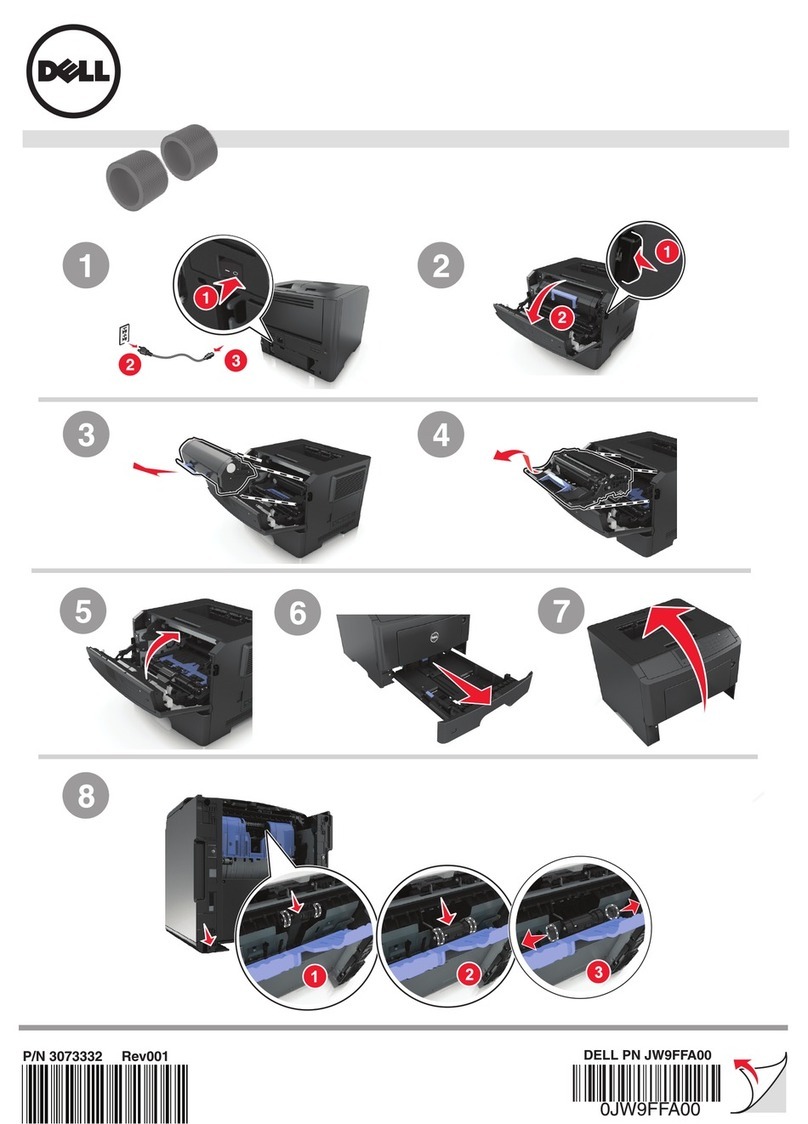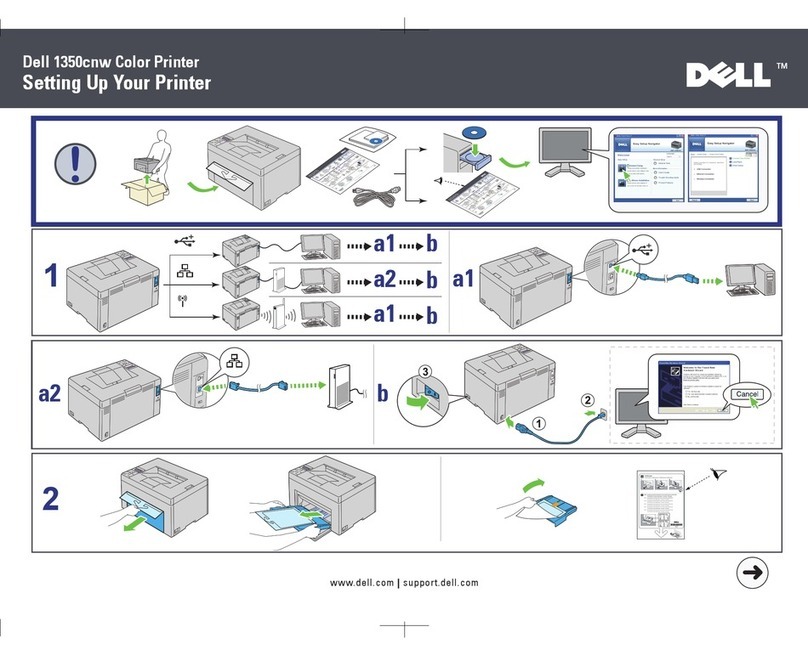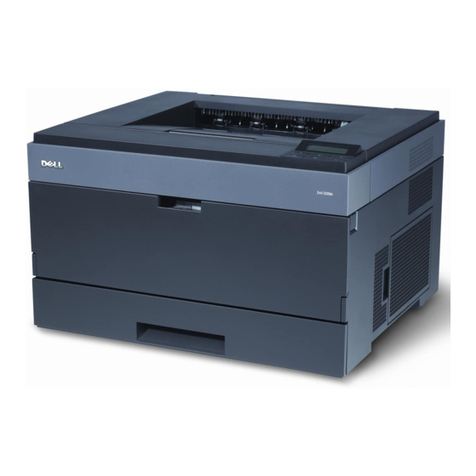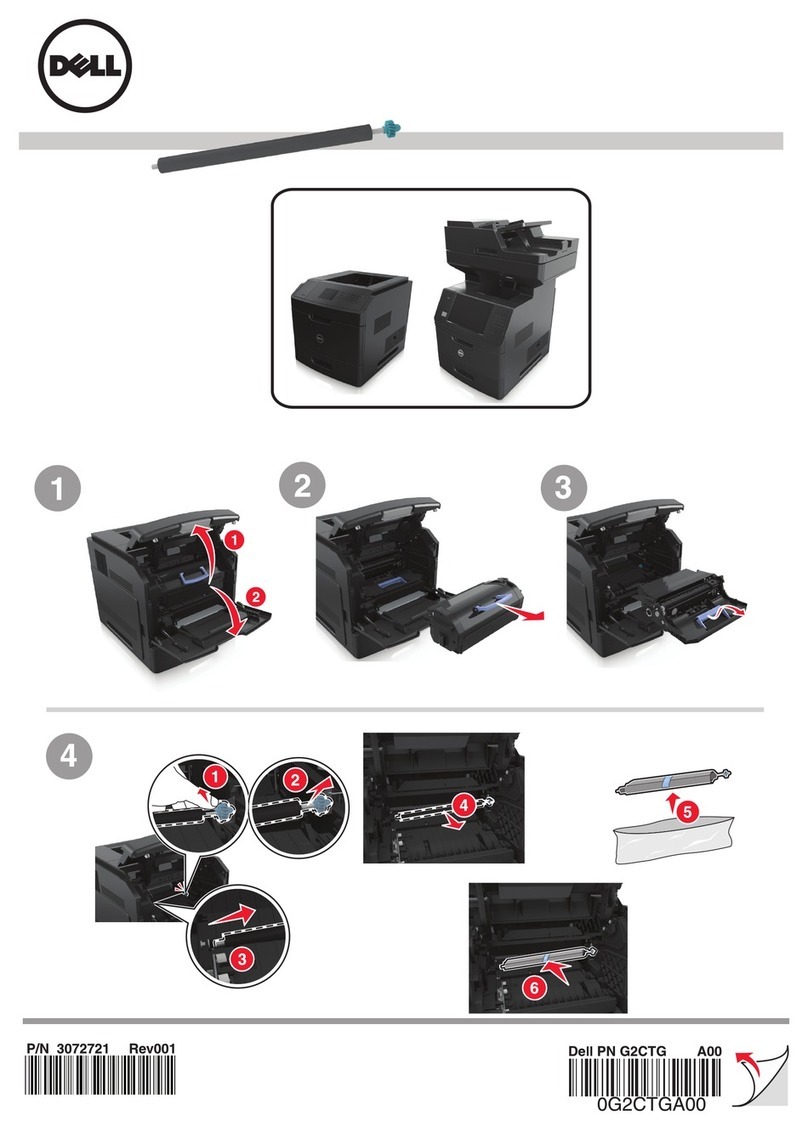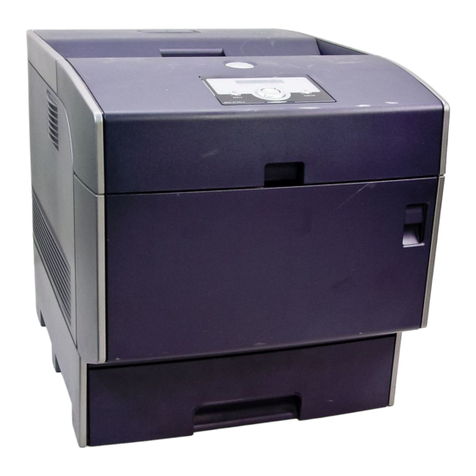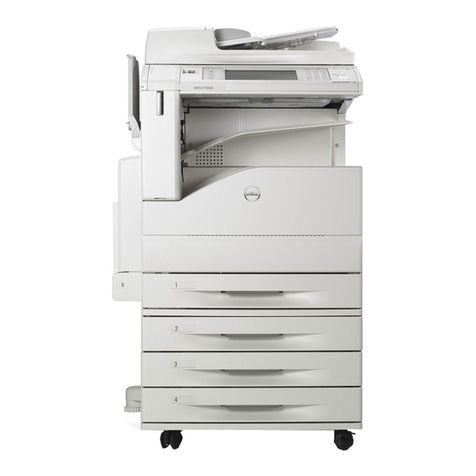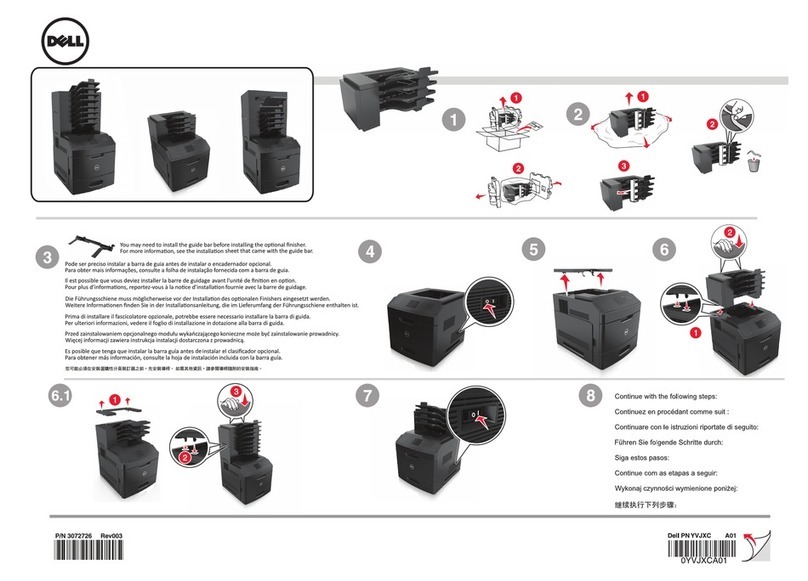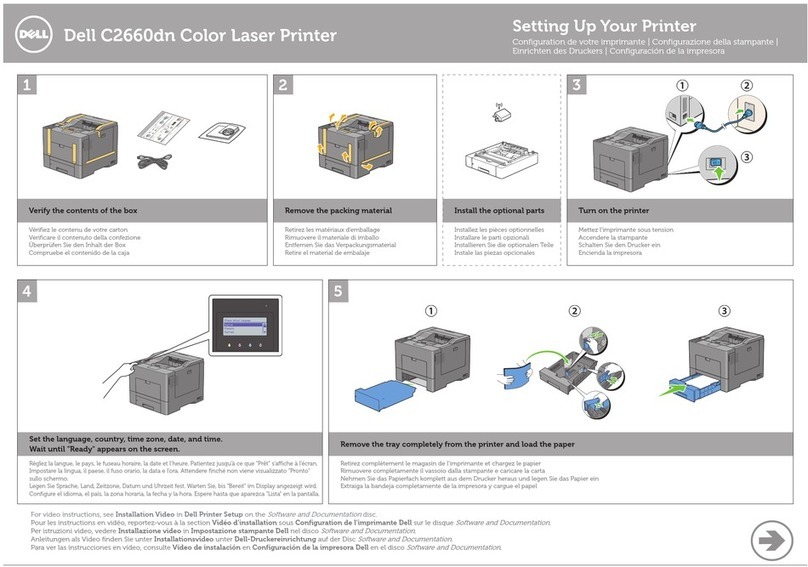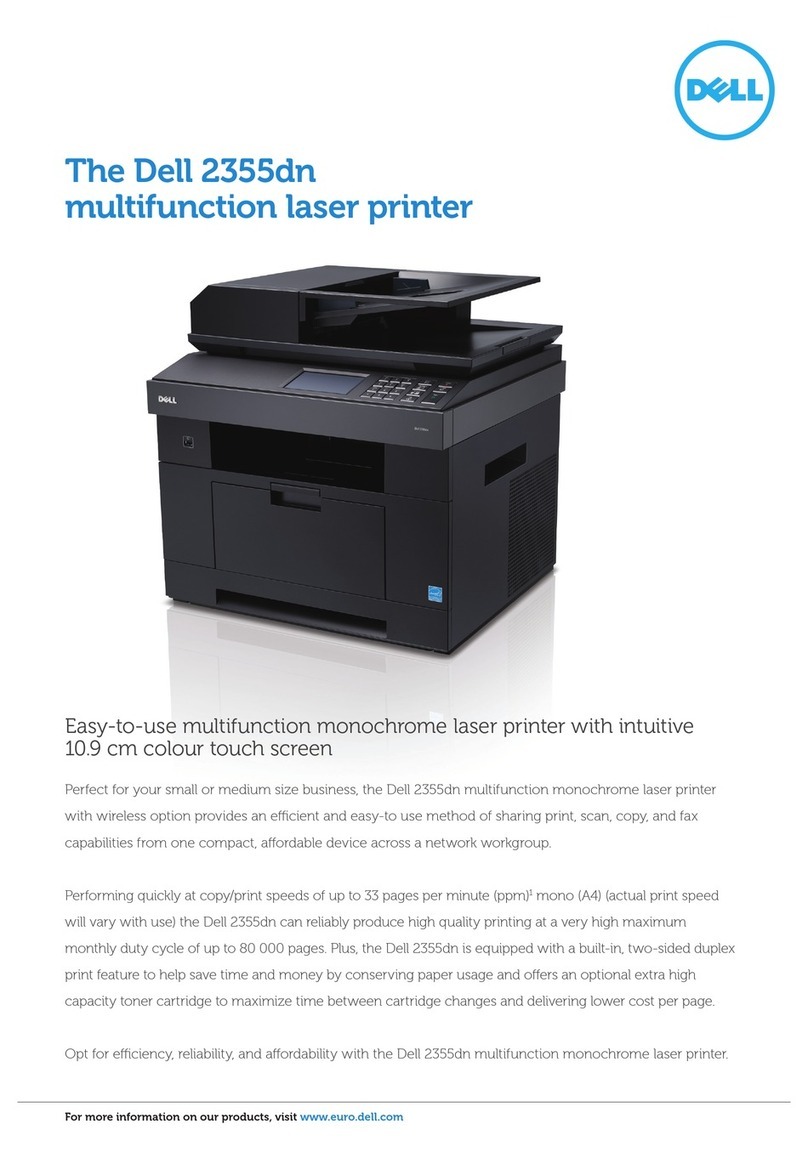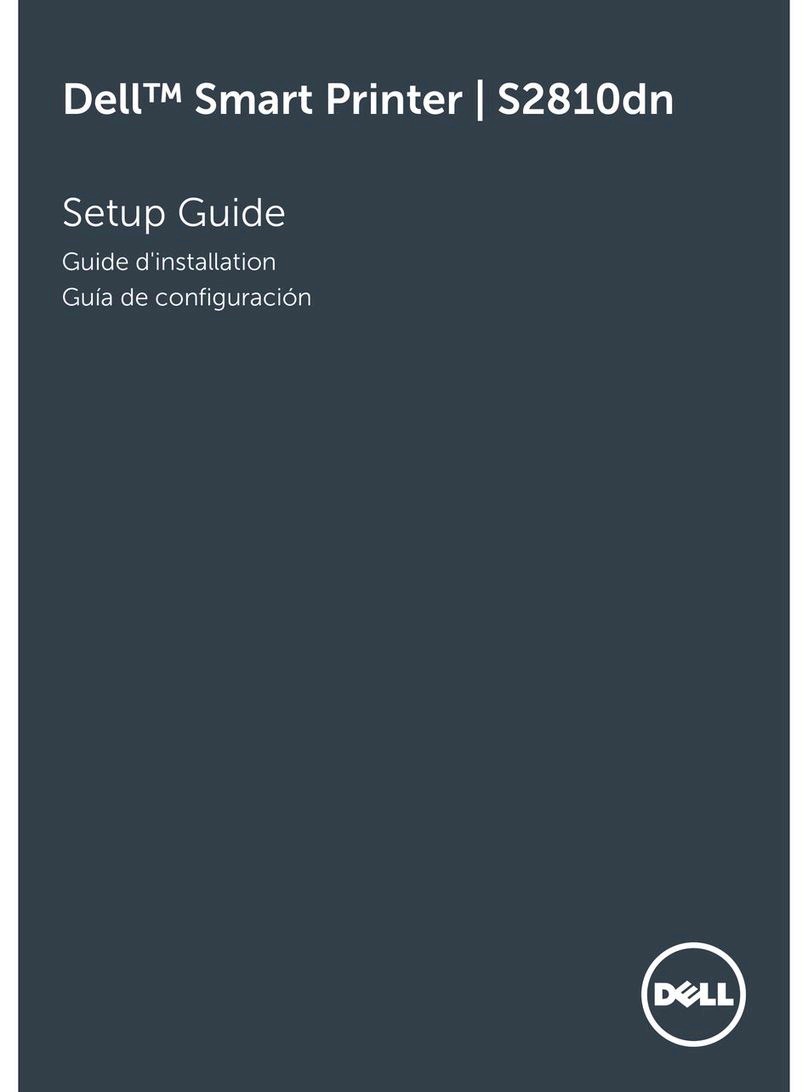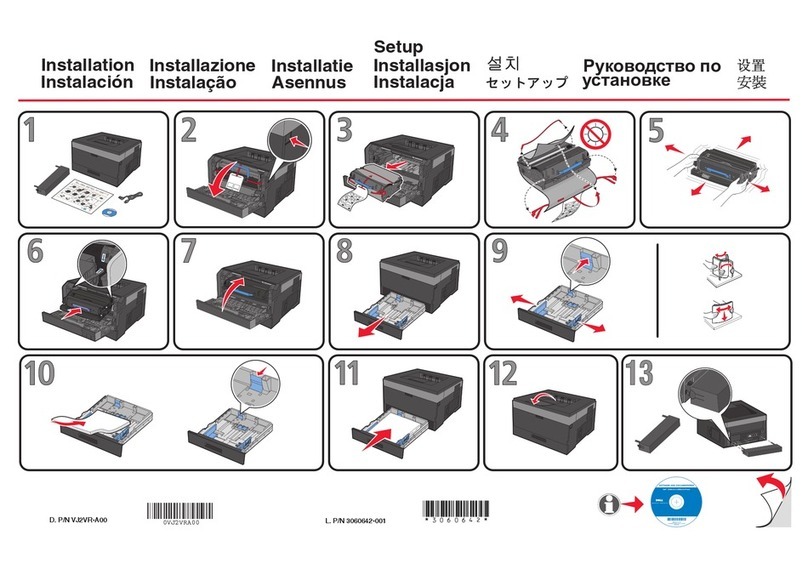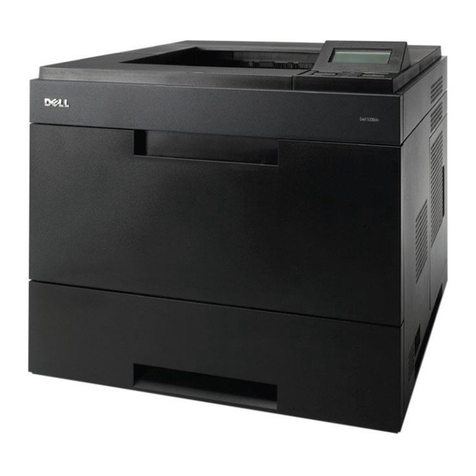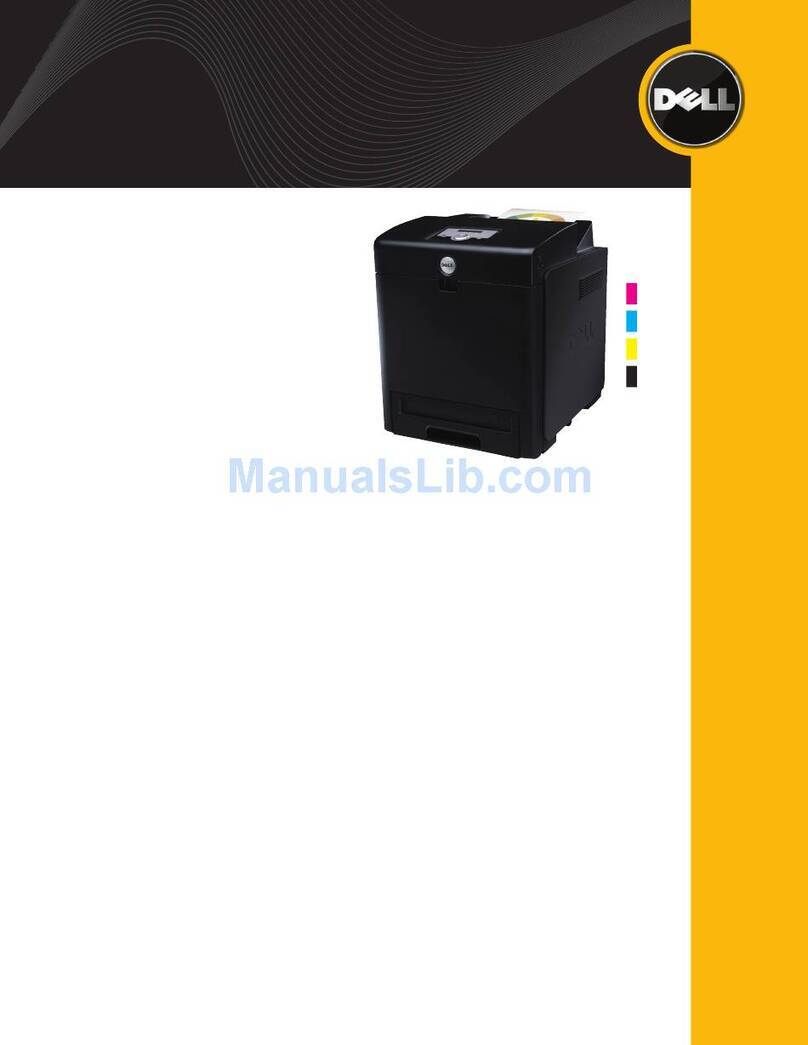
Printing Problems
Printing Quality Problems
The inside of the printer may be dirty or improper paper loading may reduce the print quality. See the table below to clear the problem.
Envelopes skew or fail to feed correctly.
lEnsure that the paper guides are against both sides of the envelopes.
The printer does not print.
The printer is not receiving power.
Check the power cord connections. Check the power switch and the power source.
The printer is not selected as the
default printer.
Select Multi-Function Printer 1125 as your default printer in your Windows.
Click Start®Settings®Printers. Right-click the Multi-Function Printer 1125 printer
icon and select Set as Default Printer.
Check the printer for the following:
The front or rear cover is not closed.
lPaper is jammed.
lNo paper is loaded.
lThe toner cartridge is not installed.
If a printer system error occurs, contact your service representative.
The connection cable between the
computer and the printer is not
connected properly.
Disconnect the printer cable and reconnect it.
The connection cable between the
computer and the printer is defective.
If possible, attach the cable to another computer that is working properly and print a
job. You can also try using a different printer cable.
The printer may be configured
incorrectly.
Check the printer properties to ensure that all of the print settings are correct.
The printer driver may be incorrectly
installed.
Remove the printer driver and then reinstall it; see Uninstalling Software and Installing
Software in Windows respectively.
The printer is malfunctioning.
Check the display message on the operator panel to see if the printer is indicating a
system error.
The printer selects print
media from the wrong
paper source.
The paper source selection in the
printer properties may be incorrect.
For many software applications, the paper source selection is found under the Paper
tab within the printer properties. Select the correct paper source. See Paper Tab.
A print job is extremely
slow.
The job may be very complex.
Reduce the complexity of the page or try adjusting the print quality settings.
The maximum print speed of your printer is 27 PPM for Letter-sized paper.
If you are using Windows 98/Me, the
Spooling Setting may be set
incorrectly.
Click Start®Settings®Printers. Right-click the Multi-Function Printer 1125 printer
icon, click Properties®Details®Spool Settings. Select the desired spool setting.
The page orientation setting may be
incorrect.
Change the page orientation in your application. See Layout Tab.
The paper size and the paper size
settings do not match.
Ensure that the paper size in the printer driver settings matches the paper in the tray.
The printer prints, but the
text is wrong, garbled, or
incomplete.
The printer cable is loose or defective.
Disconnect the printer cable and reconnect. Try a print job that you have already
printed successfully. If possible, attach the cable and the printer to another computer
and try a print job that you know works. Finally, try a new printer cable.
The wrong printer driver was
selected.
Check the application's printer selection menu to ensure that your printer is selected.
The software application is
malfunctioning.
Try printing a job from another application.
The operating system is
malfunctioning.
Exit Windows and reboot the computer. Power the printer off and then back on again.
Pages print, but are blank.
The toner cartridge is defective or out
of toner.
Thoroughly shake the toner. See Redistributing Toner.
If necessary, replace the toner cartridge.
The file may have blank pages.
Check the file to ensure that it does not contain blank pages.
Some parts, such as the controller or
the board, may be defective.
Contact a service representative.
The illustrations print
incorrectly in Adobe
Illustrator.
The setting in the software
application is wrong.
Print the document by selecting Download as Bit Image in the Advanced Options
window of the Graphics properties.
If a vertical white streak or faded area appears on the page:

